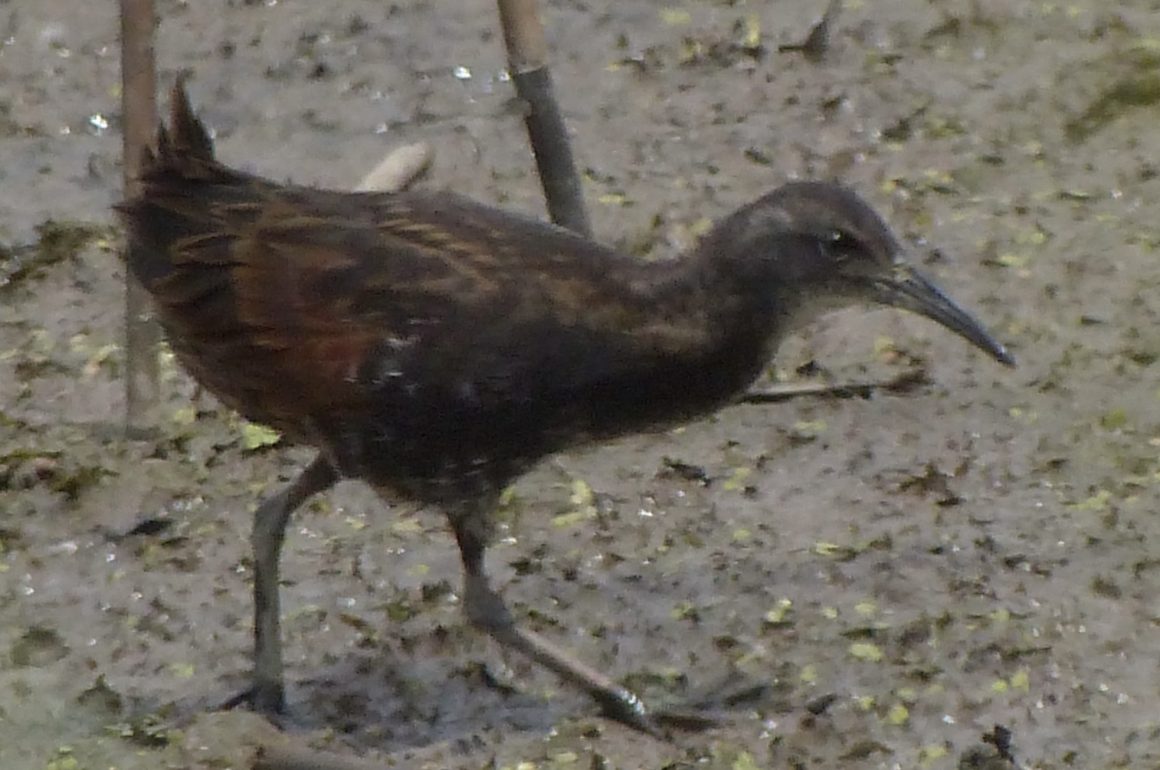
Sometime in the early-to-mid 2000s (1) a friend took a job with the Goodwill Corporation digitizing its collection of donated books to sell online, as had been so successfully demonstrated by then start-ups like eBay and Amazon. As can be easily imagined, when emptying one home or another for whatever reason, old books would be among the kinds of things that are frequently dumped at a Goodwill donation center. Who could possibly have the time to go through all of Dad’s old bird books?
This friend, knowing my fondness for books generally and for birds specifically, once took a five-finger discount and gifted me with a couple of books that I still have in my collection today. I will say she had a good eye. One was an Audubon anthology of his illustrations published in 1994 (good for research), and the other, the best, was a portfolio edition of the Rails of the World, A Monograph of the Family Rallidae by S. Dillon Ripley from Smithsonian Institution Press, 1984. This can still be affordably purchased today.
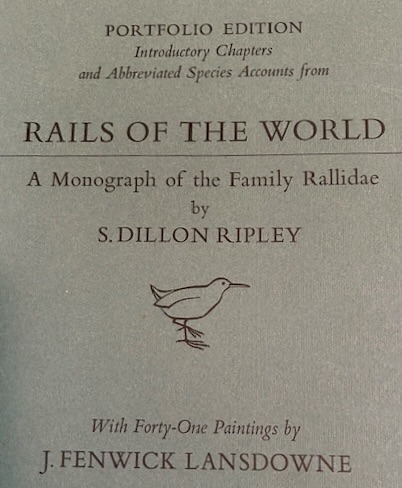
The deep, olive green (color does not show up in my photo) cover of the portfolio was somewhat tatty, but the 10-1/2″ x 14″ 31 page monograph and all 41 color plates were intact and in pristine condition. I didn’t know what I would do with it, but it was beautiful and I loved it.
I must have received the Ripley portfolio before reading the essay titled Ruffled Feathers: Uncovering the Biggest Scandal In The Bird World by John Seabrook (2) published by The New Yorker (3) on May 22, 2006. The essay begins with a stuffy, high-brow, book signing party on a wintry evening in January for Pamela Rasmussen’s “monumental new work,” Birds of South Asia: The Ripley Guides, which had recently been published in two volumes by the Smithsonian. In typical New Yorker style writing, we learn that Pamela Rasmussen is somewhat uncomfortable amongst the stuffed-shirt crowd. Seabrook goes on to write about her childhood in Oregon and how she, as a child, became interested in birding and how she began her birding career. As her age is 47 at the time of the wintry January party, it’s easy to calculate that this is well before young birders’ programs existed or, indeed, possibly even before girls would be accepted into birding. Rasmussen’s education is reviewed and culminates with a PhD from the University of Kansas in molecular biology, then a new field. Readers learn that she is a stickler for observation and detail, which later became important. Rasmussen’s self-diagnosis for this is “attention-surplus disorder.” Along the way of writing the book, we also learn that she “negotiated many other obstacles, including the death of S. Dillon Ripley, a grand old man of American ornithology, who was the book’s originator and guiding spirit.” The name, S. Dillon Ripley, jumped off the page at me.
Following completion of her PhD, Rasmussen knew what interested her for work in her new field and, in 1992, she found a job as the assistant to S. Dillon Ripley, the former secretary of the Smithsonian. “The job seemed like it was too good to be true,” she told Seabrook. Not long after the project started, Ripley became too ill to continue working, and Rasmussen took over.
Making a transition and leaving Rasmussen and Ripley behind for now—Seabrook provides plenty more detail for both—to move on to the next individual in this drama, we learn of the mouthful of a name, Colonel Richard Meinertzhagen (4) (1878-1967). Copied directly from Seabrook’s text: “Meinertzhagen enjoyed a formidable reputation in international ornithology. He was a chairman of the British Ornithologists’ Club and the recipient of a Godman-Salvin Medal, one of the highest honors in British birding. His unorthodox methods and surprising finds had been the subject of rumor during his lifetime, but there was never any substantiated accusation of fraud.” “His collection of twenty-five thousand skins, most of which he shot himself, was acquired by Britain’s Natural History Museum in 1954—one of the largest private collections garnered by that museum in the twentieth century.”
Seabrook takes a deep dive into Col. Richard Meinertzhagen’s life and weaves Dr. Pam Rasmussen’s role into his staggering story. It is riveting and unforgettable, and I encourage readers to take the plunge. I cannot possibly unwind it all here. Birder or not, be a reader, and you will not be disappointed.
I came to the very end of the essay to read this: “Rasmussen, who is now an assistant professor of zoology at Michigan State University, says that while the Meinertzhagen frauds tested her belief in the reliability of specimens, ultimately her detective work with Prys-Jones and others reaffirmed the importance of the skins.” I was dumbstruck. Michigan State University is 75 miles north of my home near Detroit. I felt a burst of pride that this ornithologist, researcher, and author was now one of us; that is, a Michigander. (Unless related to sports or cars, people in Michigan are unaccustomed to this kind of recognition). An online check revealed that Pamela Rasmussen is still with Michigan State University and is also the lead taxonomist for Birds of the World.
This should be the end of the story—right? My goal was to re-introduce this fascinating 2006 essay to inform current birders and readers of the intricacies of bird study and the history of malfeasance related to ornithology and the attention to detail it took to unravel it. But there is one more part.
Perhaps four or five years had elapsed since I had read John Seabrook’s essay, and spring migration was in its early stages. The weather was gray and cold and a spritz of rain fell. I was birding with a friend at the nearly empty Magee Marsh along Lake Erie in northwest Ohio. Birders acquainted with Magee Marsh will know that a nearly empty Magee Marsh is an uncommon thing. No doubt the poor weather had much to do with this. We were seeing mostly Hermit Thrushes and Ruby-crowned Kinglets and looking for Fox Sparrows along the boardwalk—bad weather be damned, the songs of these birds are enough to keep a birder engaged. Photo opportunities were challenging; there was no backlighting to struggle with, but the lighting was dim. We came upon two other birders on the boardwalk, one a woman carrying recording equipment and the other a South Asian man carrying a big camera. The woman asked if we had seen Fox Sparrows. On that morning, we hadn’t. I cannot remember how I came to the awareness that I was speaking with Dr. Pam Rasmussen. Perhaps it had something to do with inquiring about her recording equipment. Yet, this is exactly what occurred. When I recalled the New Yorker essay to her, she smiled, was not voluble but had a few things to say about it, and was gracious and accepting of my admiration of her work. I doubt very much that she expected a run-in with such an enthusiastic birder and reader. The South Asian ornithologist she was with was doing his last bit of birding before going to the airport for his return to Bangladesh.
Was this one of the most memorable experiences of my birding life? Yes, a few other things like this come to mind. How often does such serendipity happen for any of us? My friend and I returned to our car to drive to another birding location nearby. I was thrilled with this chance meeting and could hardly get my words out quickly enough. My friend is a low key kind of guy, but he was interested and listened to me rattle on. When we got to Ottawa National Wildlife Refuge, we again saw Pam Rasmussen and her friend. I waved and they waved back.
The most memorable of Pam Rasmussen’s birding trips took place in 1997, “when Rasmussen went to India in an unlikely attempt to find Athene blewitti, the Forest Owlet (5).” I am not going to spoil this for you. You will need to read this excellent essay to learn for yourself.
As for my friend who filched the Rails of the World portfolio for me, she did not remain working with the Goodwill Corporation for long. No, she was not sacked. The pay was poor, and she moved on to a better job. But I lucked out when she inadvertently introduced me to S. Dillon Ripley from the Smithsonian.
(1) I avoid specific dates in this piece because I cannot recall exact dates. However, I think I have the events lined up pretty accurately.
(2) John Seabrook’s name as the author of this essay is not identified beneath the online title. John Seabrook is the author of the essay. Curiously, however, I was unable to find the essay online when I searched using his name. I found it when I used Col. Richard Meinertzhagen’s name.
(3) I have been a subscriber to The New Yorker for at least thirty years—even as the subscription rate has become ever more expensive. Spectacular long-form essays like Ruffled Feathers were once commonplace. In the past five years or so, I have noticed a decline in the quality of writing that appears in The New Yorker. This may be generational, as new writers have joined the magazine and writing has changed stylistically. Nevertheless, to me, the decline has been noticeable. I will also note that prior to the 2024 election for president of the United States, I found some of The New Yorker’s political content to be negligent in its reporting and accuracy. Egregiously, this has not changed since Donald Trump was sworn in as president of the United States in January 2025. There seems to be a disregard for what is now happening in the United States, and it is downplayed by the legacy press. The New York Times also falls into this category. This year, The New Yorker is celebrating its 100th anniversary as a publication in the United States. This is a remarkable milestone, so it is all the more disappointing that the quality of reporting and writing seems to have declined. Others may disagree.
(4) Readers will find some odd hyphenations in this essay with Meinertzhagen’s name. I think this may be a complication of how it downloaded to the online format.
(5) Forest Owlet is now classified as Heteroglaux.
Cover photo: Fuzzy, poor photo of a juvenile Virginia Rail


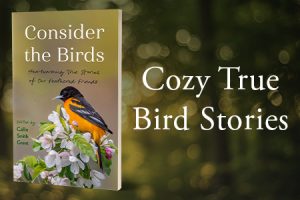



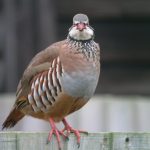
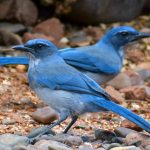
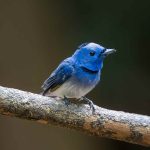
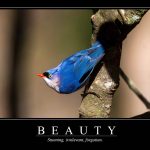
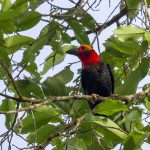
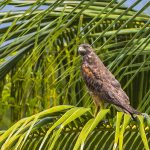
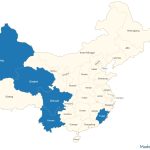
Thank you for this terrific essay. I recall the publication of the Ripley book on rails as I was then a reader of the Washington Post, though I lived in New York City, and the Post ran an article about it. Many years later, after visiting Papua New Guinea, I discovered Ripley’s 1942 book, “Trail of the Money Bird,” which includes an account of collecting a Forest Rail in the Arfak Mountains of Western New Guinea. It is still worth reading.
Illustrations by Lansdowne are also a bonus. One of the greats!
As a New Yorker reader who was fascinated by Seabrook’s essay, I love that you wrote about it.